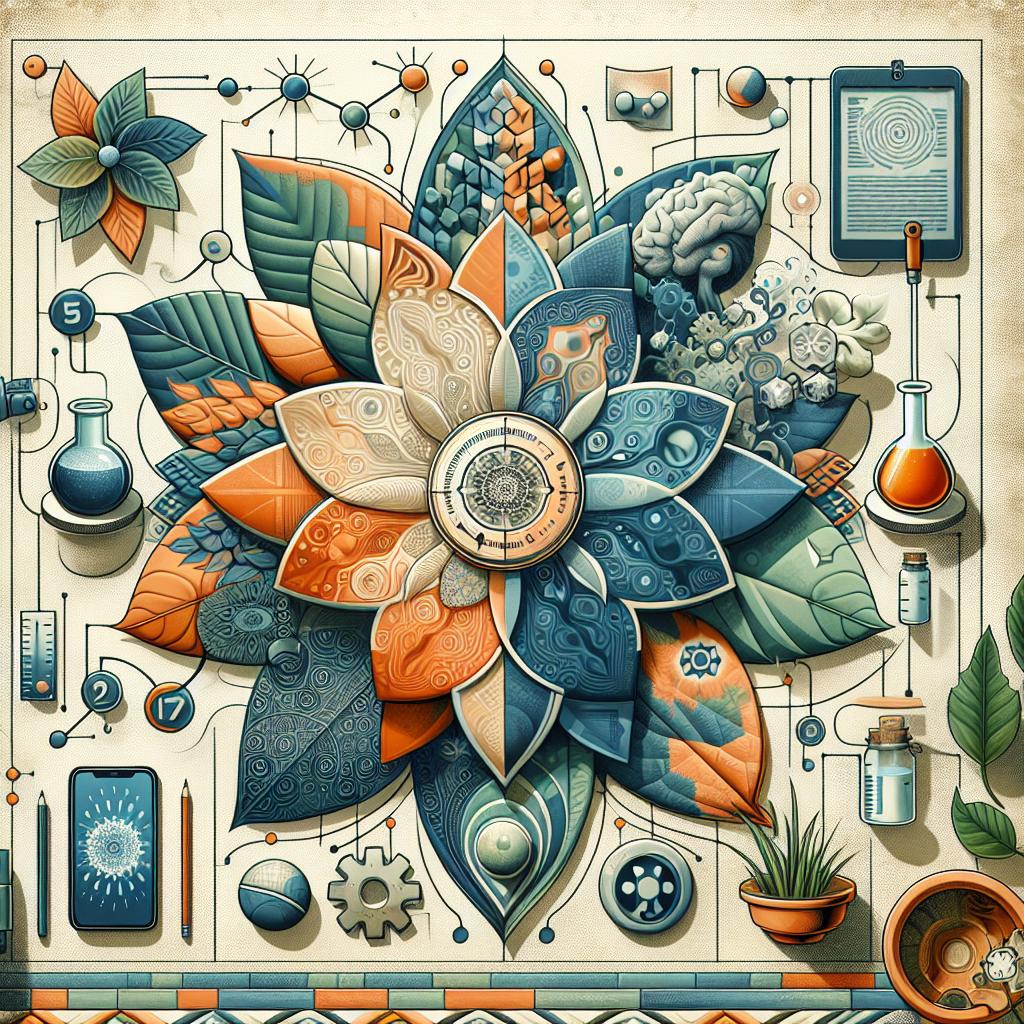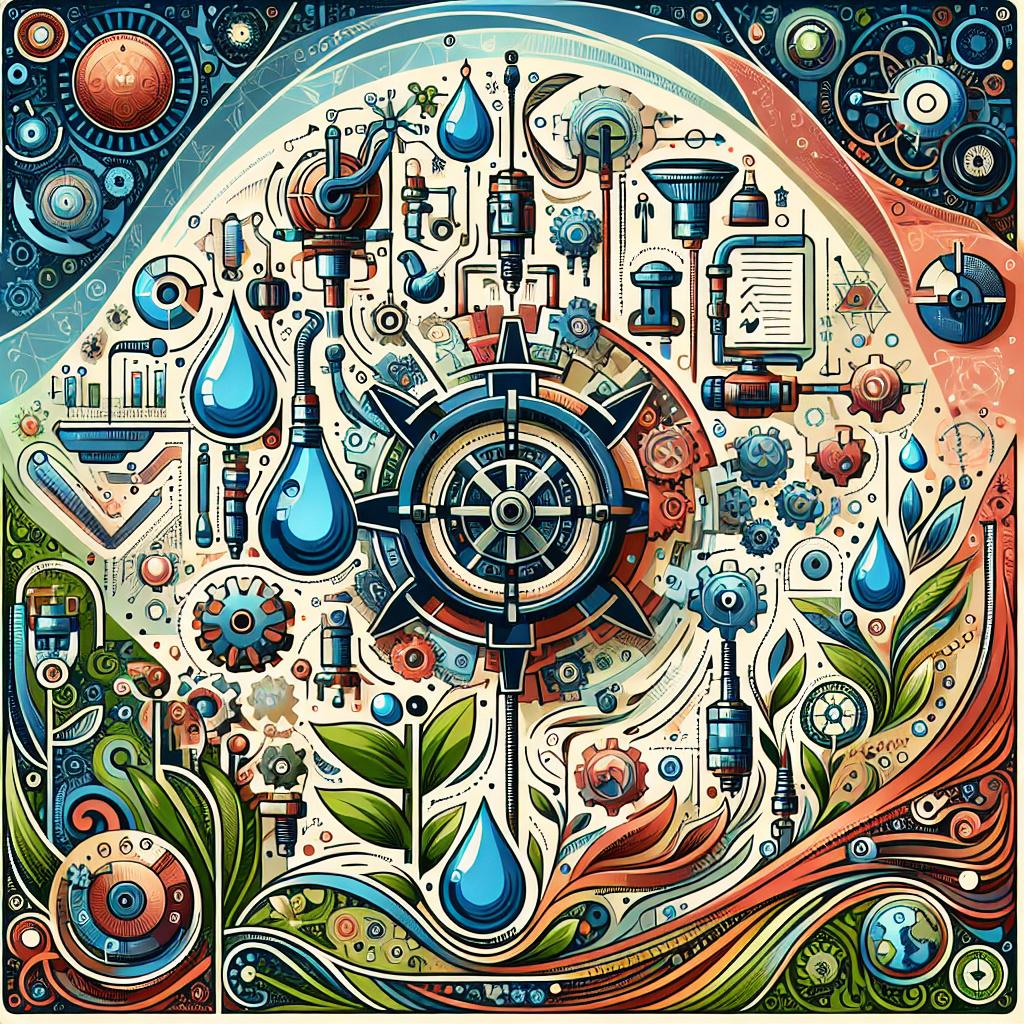This post may contain affiliate links which means I may receive a commission for purchases made through links. Learn more on my Private Policy page.
Busting the Myths: Low-Pressure Irrigation Systems Uncovered
When it comes to watering your garden or agricultural fields, misconceptions can flow just as freely as the water itself. Low-pressure irrigation systems, often overshadowed by their high-pressure counterparts, have gathered a fair share of myths that can lead to confusion—or even trepidation—among gardeners and farmers alike. But what if we told you that these so-called myths are more like weeds in your garden? They may sprout up, but with a little attention and care, they can be uprooted and discarded!
In this article, we will dive into the vibrant world of low-pressure irrigation systems, sifting through common misunderstandings to reveal the truths that lay beneath. Whether you’re a seasoned horticulturist or a hobbyist with a budding interest in sustainable practices, join us as we unravel the facts, dispel the fiction, and showcase the many benefits of embracing low-pressure irrigation. Let’s clear the air, shed some light, and make sure your garden gets the hydration it deserves—without drowning in misinformation!
Understanding the Reality: Debunking the Most Prevalent Misconceptions
Low-pressure irrigation systems often fall victim to a number of misconceptions that can hinder their adoption and effectiveness. One of the most widespread myths is that these systems are only suitable for small gardens or home landscapes. In reality, low-pressure systems can be effectively integrated into large agricultural operations, offering considerable savings in water use and operational costs. With the ability to deliver water efficiently over expansive areas, these systems are designed to cater to a wide variety of agricultural needs.
Another common myth is that low-pressure irrigation systems require significantly more maintenance compared to traditional high-pressure systems. While it’s true that all irrigation systems need upkeep, low-pressure systems often feature robust designs that reduce wear and tear. They typically include durable components and require less frequent repairs due to lower operational stress. Here are some key reasons why low-pressure systems can be just as reliable:
| Durability | Designed to withstand lower operational stress |
| Less Frequent Maintenance | Fewer high-pressure issues to manage |
| Energy Efficiency | Lower energy costs due to reduced pump stress |

The Efficiency Factor: Why Low-Pressure Systems Are More Eco-Friendly Than You Think
Many people mistakenly believe that low-pressure irrigation systems lack efficiency due to their reduced water pressure. However, these systems can achieve remarkable results by delivering water directly to the root zone of plants through methods such as drip and subsurface irrigation. This precision minimizes evaporation and runoff, promoting better water use. Furthermore, low-pressure systems can operate at lower energy costs, leading to decreased greenhouse gas emissions. By utilizing natural gravitational forces and efficient pumps, these systems embody sustainability right from their design.
Moreover, the assumption that low-pressure systems lead to poor crop yields is another common myth. In reality, the controlled application of water can enhance plant health and productivity. Some benefits of low-pressure irrigation include:
- Reduced soil erosion: Less water pressure means gentler application, protecting the soil structure.
- Improved nutrient absorption: Water delivery close to roots fosters better utilization of fertilizers.
- Adaptability: These systems can easily be tailored to fit different crop types and field conditions.
To illustrate the benefits of low-pressure systems, here’s a simple comparison of water usage and crop yields between high-pressure and low-pressure methods:
| System Type | Water Usage (liters per hectare) | Average Crop Yield (tons per hectare) |
|---|---|---|
| High-Pressure | 10,000 | 5 |
| Low-Pressure | 7,500 | 6 |

Getting Down to Basics: How to Properly Maintain Your Low-Pressure Irrigation
Low-pressure irrigation systems can be incredibly efficient, but they require specific maintenance practices to ensure optimal performance. One common misconception is that these systems are “set it and forget it.” In reality, regular inspections and adjustments are crucial. Here are some simple maintenance tips to keep your system running smoothly:
- Check for leaks: Regularly inspect your hoses and emitters for any signs of leaks or wear.
- Flush the system: Periodically flush your irrigation system to remove any accumulated debris or sediment that could clog your emitters.
- Adjust the pressure: Monitor the water pressure to ensure it stays within the recommended range for efficient operation.
- Monitor your plants: Keep an eye on plant health; yellowing leaves can indicate under-watering or over-watering issues.
Additionally, many users underestimate the importance of winter preparation for their low-pressure systems. A bit of proactive care can prevent costly damage. Consider the following winterization steps:
| Step | Description |
|---|---|
| Drain the system | Remove any standing water to prevent freezing in the lines. |
| Insulate components | Use insulating materials for vulnerable areas like pumps and valves. |
| Remove filters | Clean and store filters in a safe, dry place until spring. |

Maximizing Your Yield: Tips for Optimizing Low-Pressure Irrigation in Your Garden
When it comes to low-pressure irrigation systems, many gardeners fall prey to common misconceptions that can hinder their sustainability and productivity. One popular myth is that low-pressure systems provide insufficient water coverage for plants. In reality, these systems can be designed to deliver a perfectly efficient distribution of water throughout your garden. By utilizing a well-planned layout and appropriate dripper sizes, low-pressure irrigation can actually ensure that each plant receives just the right amount of moisture, helping to promote healthier growth. Proper calibration of your system is essential, so always consult with an irrigation expert to tailor your setup to the unique needs of your garden.
Another prevalent myth is that low-pressure irrigation is only suitable for small gardens. On the contrary, it can be effectively adapted for larger spaces as well! By implementing a zoned irrigation approach, you can manage different areas of your garden based on the specific requirements of various plants. Consider the following advantages of using low-pressure systems for expansive garden layouts:
| Advantage | Description |
|---|---|
| Water Conservation | Reduces waste through targeted application. |
| Cost Efficiency | Lower energy usage and reduced maintenance costs. |
| Flexibility | Can be adjusted easily to different garden sections. |
The Way Forward
As we wrap up our journey through the myths and misconceptions surrounding low-pressure irrigation systems, it’s clear that understanding how these systems work can lead to smarter agricultural practices and a healthier planet. By dispelling the myths that have clouded the conversation, we can embrace the benefits of low-pressure irrigation—ranging from water conservation to enhanced crop health—while moving toward a sustainable future in farming.
Remember, like any tool, the effectiveness of low-pressure irrigation systems depends on the knowledge and care we invest in them. So, whether you’re a seasoned farmer or a curious gardener, don’t let myths hold you back. Dive in, ask questions, and explore how this efficient method can work wonders in your green spaces.
Thank you for joining us on this enlightening adventure! We hope you’ll take this knowledge with you and spread the word, helping others to separate fact from fiction in the world of irrigation. Happy gardening, and may your crops thrive under the gentle touch of low-pressure irrigation! 🌱💧
This post may contain affiliate links which means I may receive a commission for purchases made through links. Learn more on my Private Policy page.

